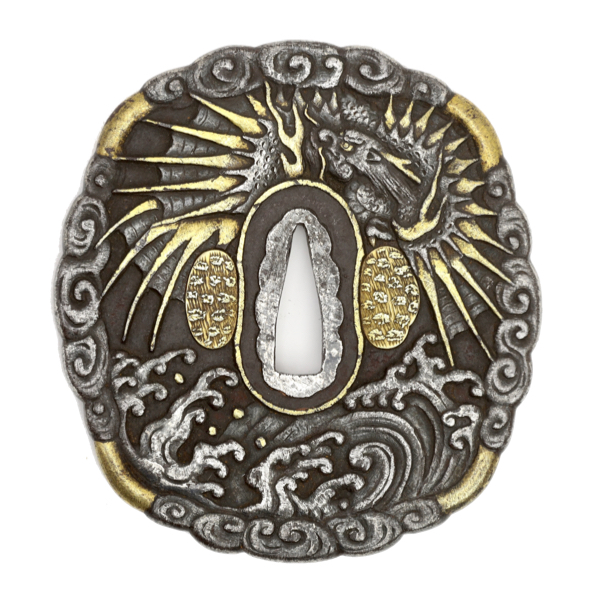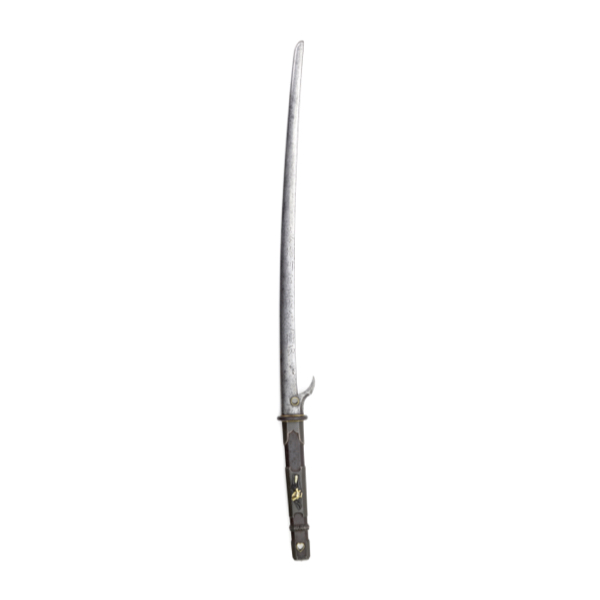
Hachiwari (鉢割)
Language: Japanese
Origin: Old literature
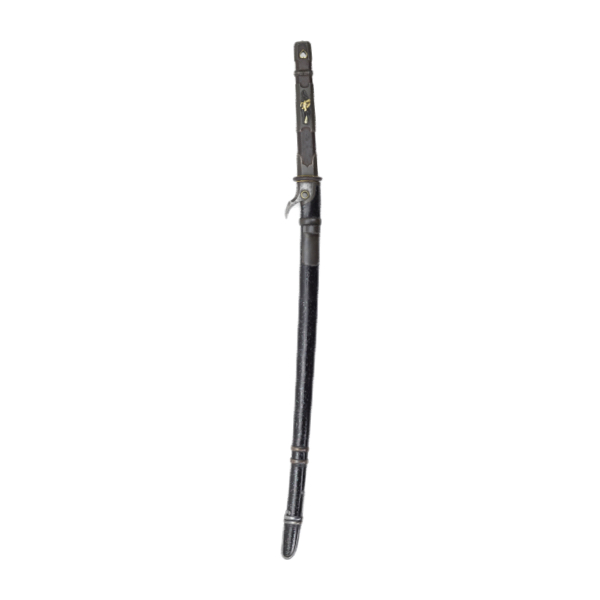
Very good hachiwari
Literally "skull splitter", more widely known as kabutowari; "helmet splitter." An excellent example, one of the best of its type.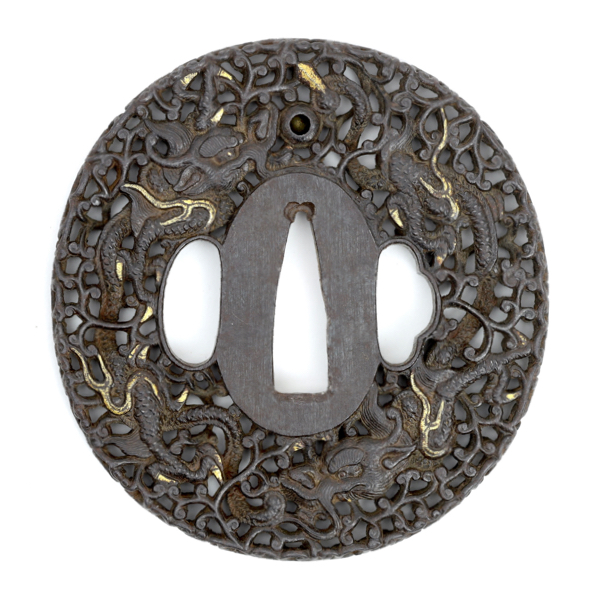
Yagami school nanban tsuba
The Yagami school were excellent carvers of iron, known for their 1000 monkey designs.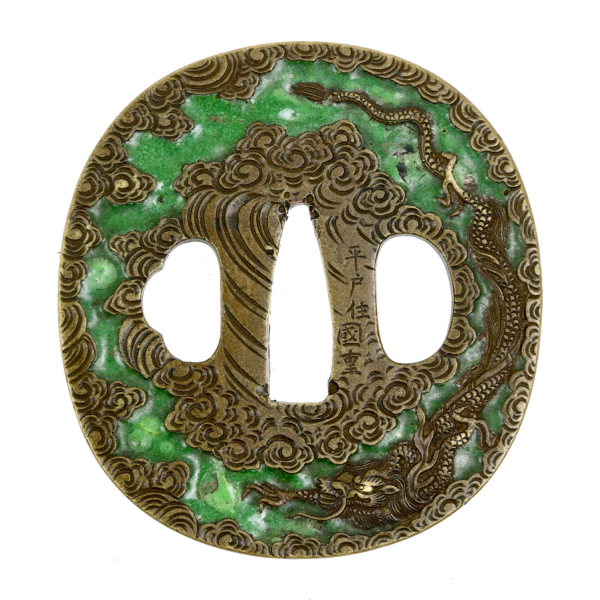
Enamelled Hirado Kunishige tsuba
Fine work and one of the very few enamelled tsuba by this maker.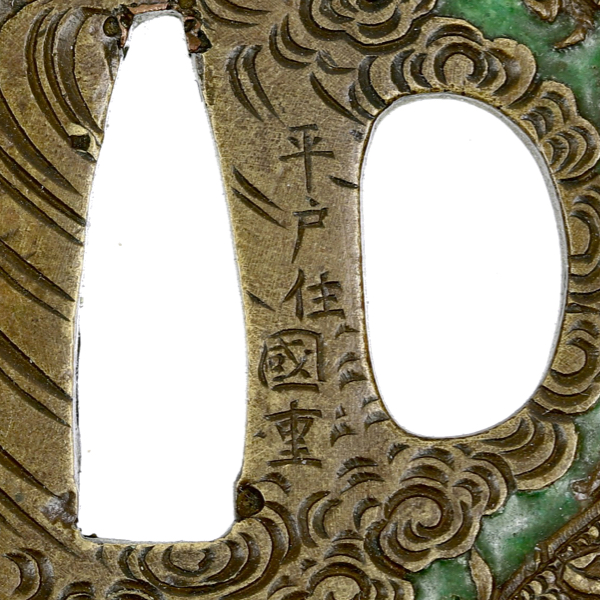
Hirado Kunishige (平戸市國重)
A group of Japanese sword fitting makers working on the island of Hirado.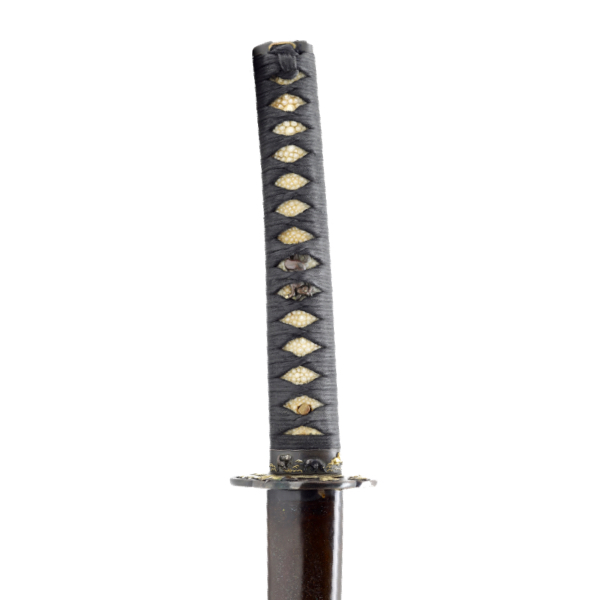
Katana in horse theme koshirae
Blade signed Sesshū-jū Fujiwara Hiroyoshi, active in the 1670s-80s.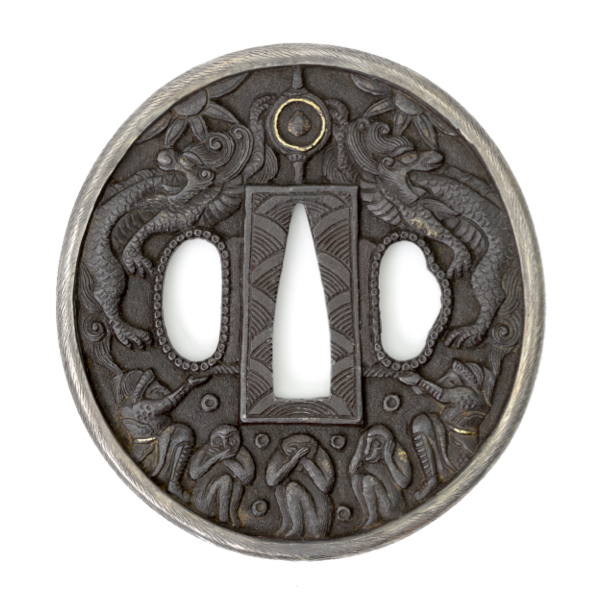
Three wise monkeys tsuba
Japanese sword guard depicting three wise monkeys conveying the message see no evil, hear no evil, speak no evil.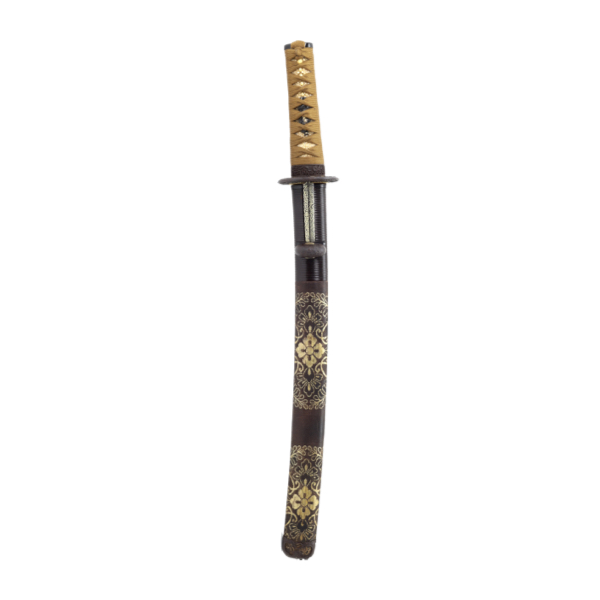
Shimosaka o-tantō
N.B.T.H.K. Hozon with a set of Nanban-style koshirae with signed tsuba.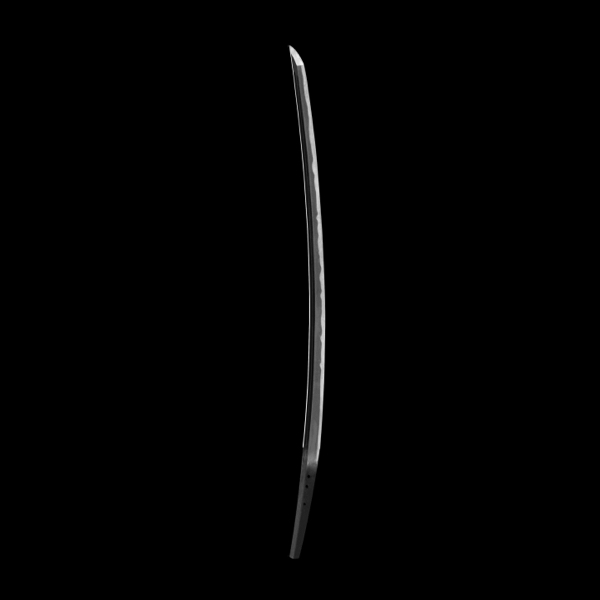
Important Ko-Hōki Sadatsuna katana
12th-century blade. 33rd Shinsha Juyō Token with sayagaki by Tanobe.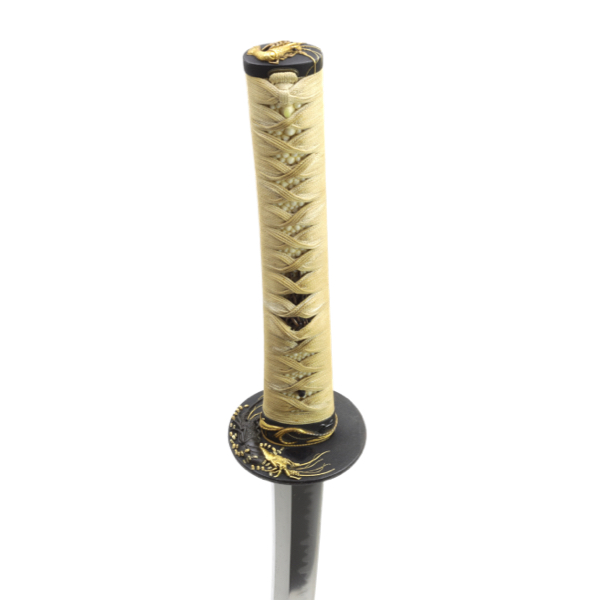
Jumyo katana with fine koshirae
The very detailed mountings are decorated with designs of Japanese spiny lobsters.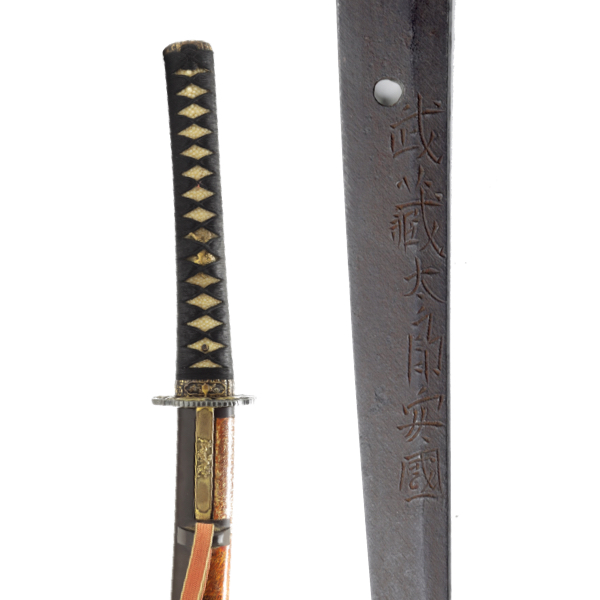
Katana by Musashi Taro Yasukuni
Signed, ubu. Complete with tasteful koshirae and Hozon papers.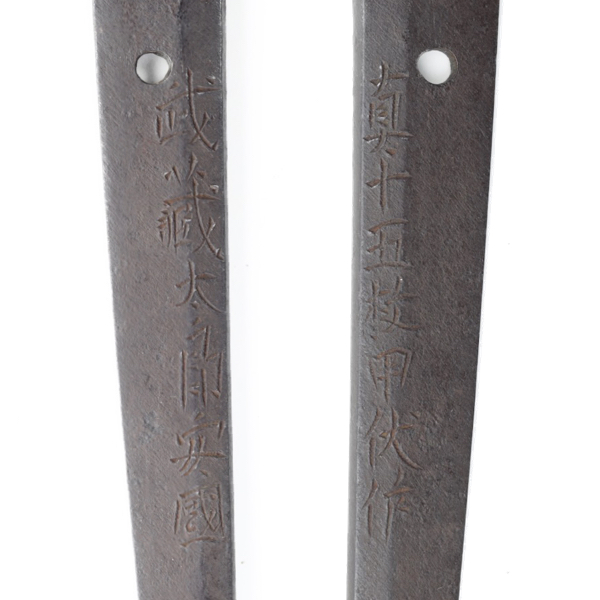
Musashi Taro Yasukuni (武蔵太郎安国)
A Japanese swordsmith who lived between 1650-1730.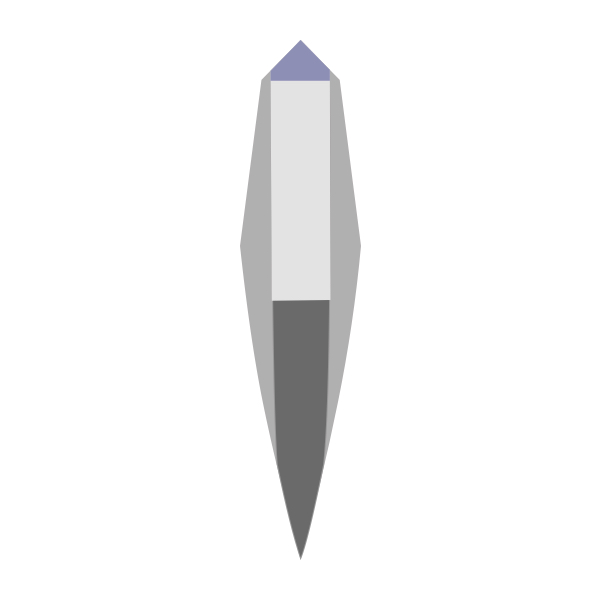
Shihōzume-gitae (四方詰め鍛え)
Japanese word for a sword construction with a high carbon edge, low carbon core, medium carbon sides and a separate back.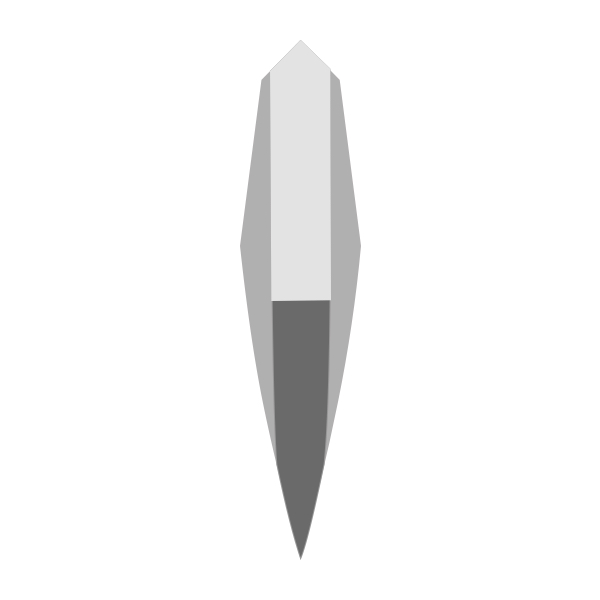
Hon-sanmai-gitae (本三枚鍛え)
Japanese word for a sword construction with a high carbon edge plate under a soft core, flanked by medium steel.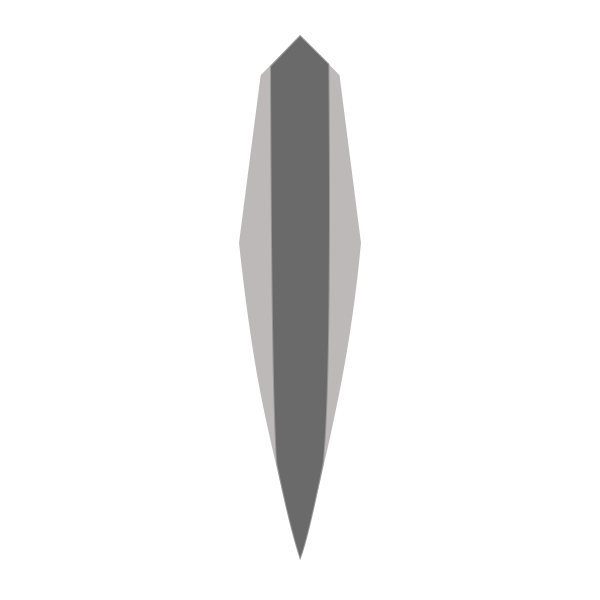
Sanmai-gitae (三枚鍛え)
Japanese word for a sword construction with a center high carbon edge plate.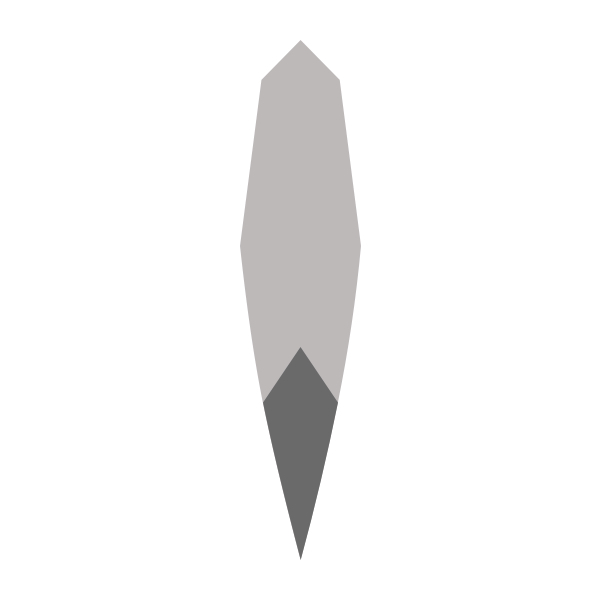
Wariha-gitae / wariba-gitea (割刃鍛え)
Japanese term for a sword construction with an inserted edge made of higher carbon steel.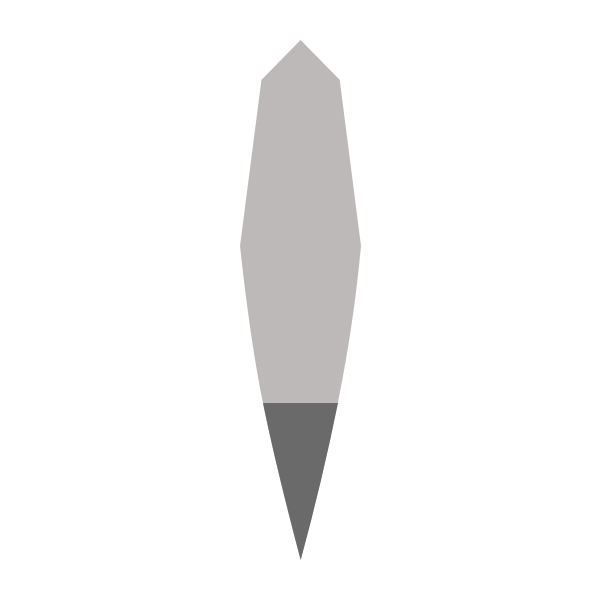
Hyoshigi-gitae (拍子木鍛え)
Japanese term for a sword construction with an edge made of higher carbon steel.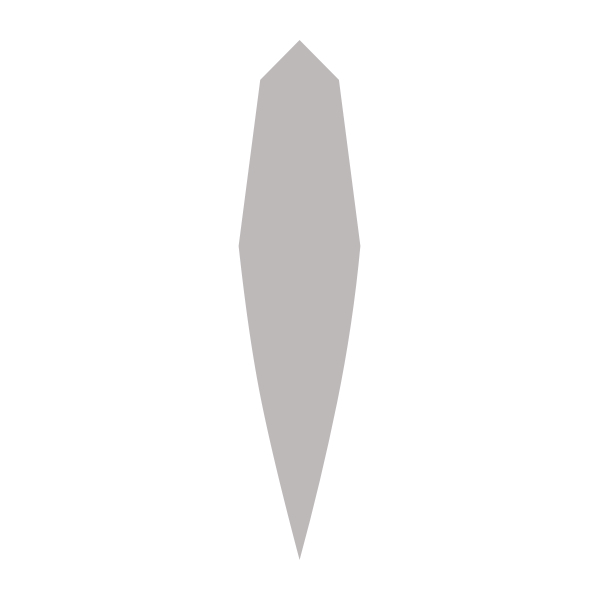
Maru-gitae (丸鍛え)
Japanese word for a basic blade construction consisting of one type of steel.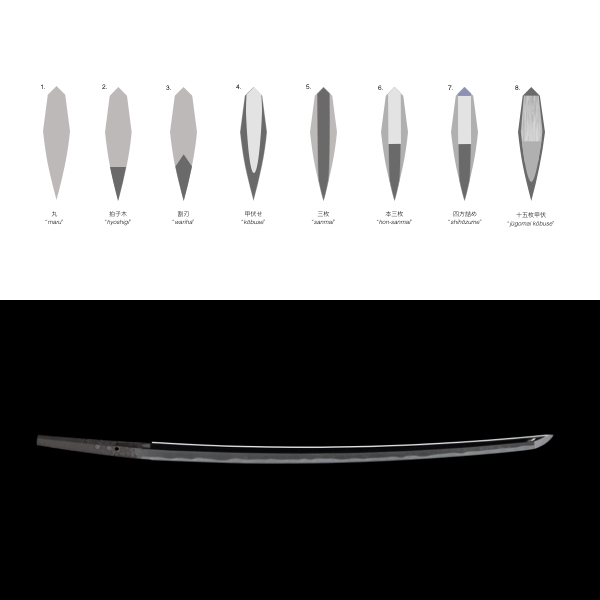
Construction methods of Japanese swords
This article will describe several methods by which the Japanese joined higher and lower carbon steels into their blades.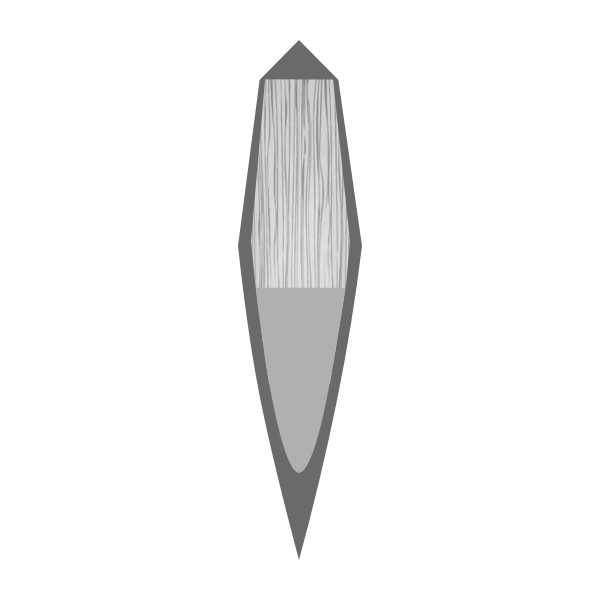
Shin jūgomai kōbuse-gitae (真十五枚甲伏鍛え)
Japanese sword construction that is was found inscribed on some tangs.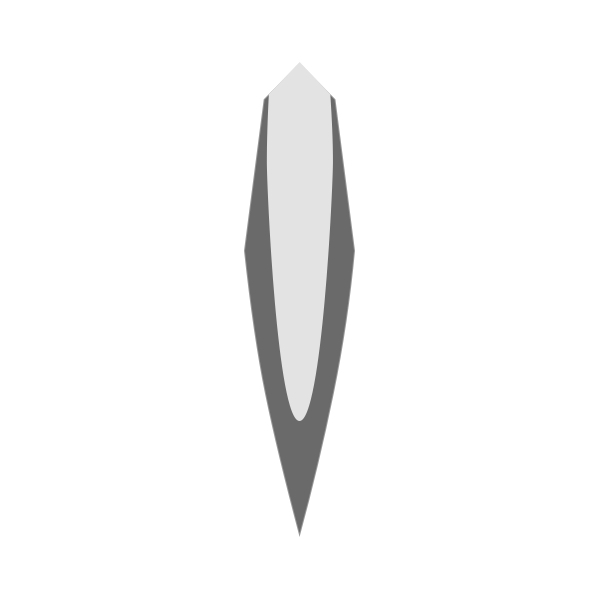
Kōbuse-gitae (甲伏せ鍛え)
Japanese word for a sword construction with high carbon steel outer jacket around a softer core.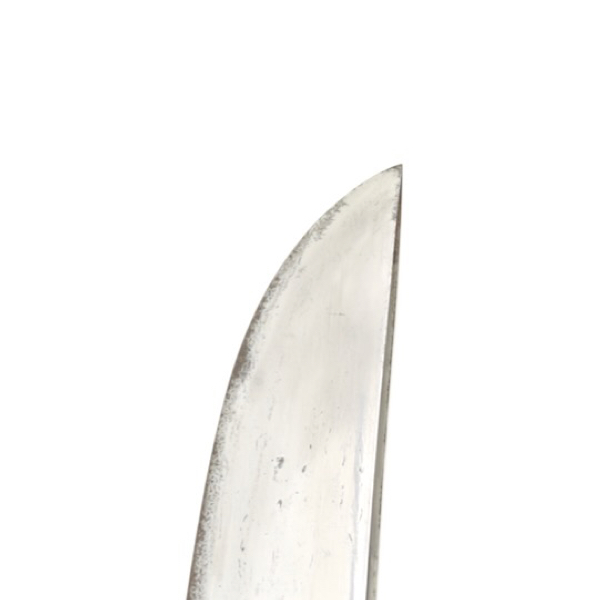
Kanetuhu / Etuhu
Ainu words for the point of a knife or sword.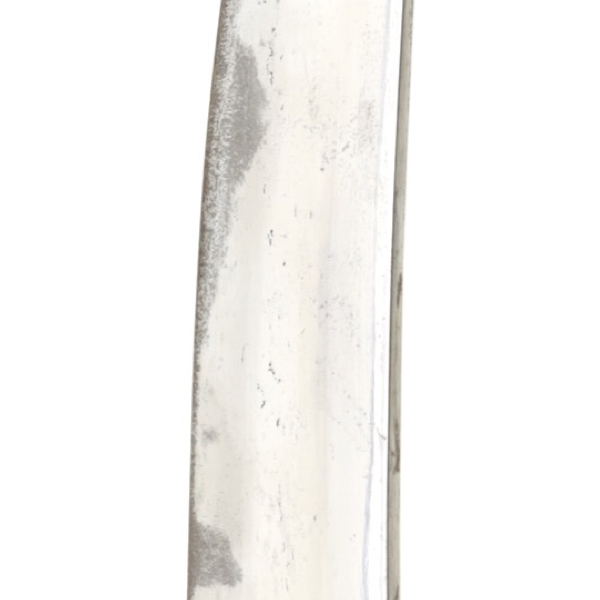
Notak
Ainu word for the edge of a sharp tool like a knife.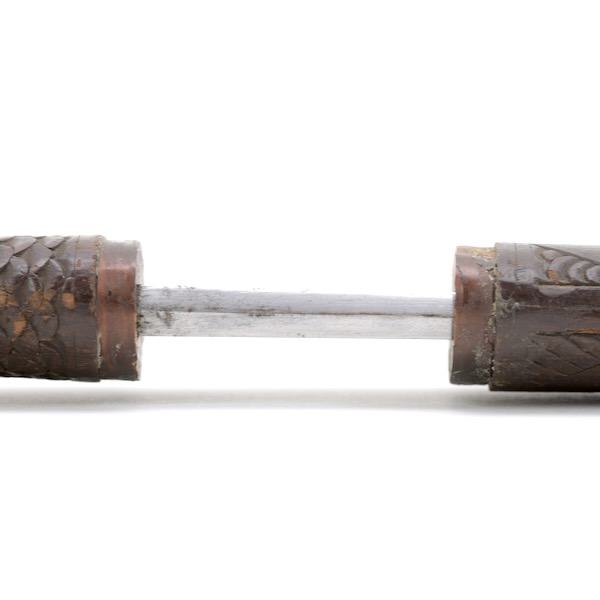
Mekkashike
Ainu word for the back of a knife, or sword. Also the ridge of a mountain or house.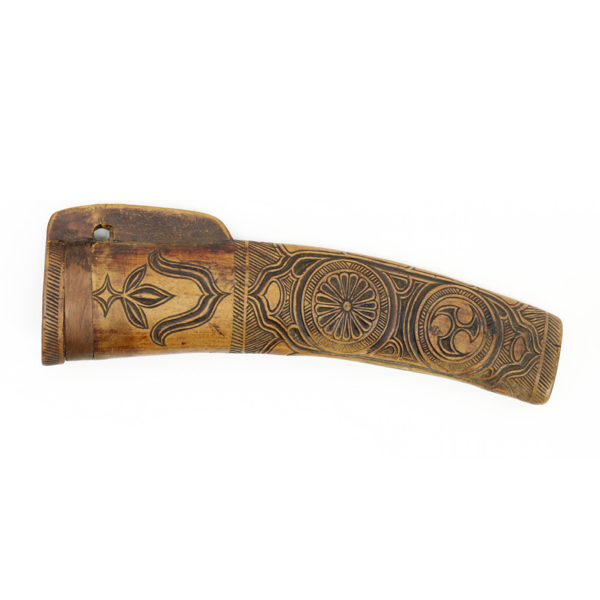
Makiri-saya
Ainu word for the scabbard of a utility knife called makiri.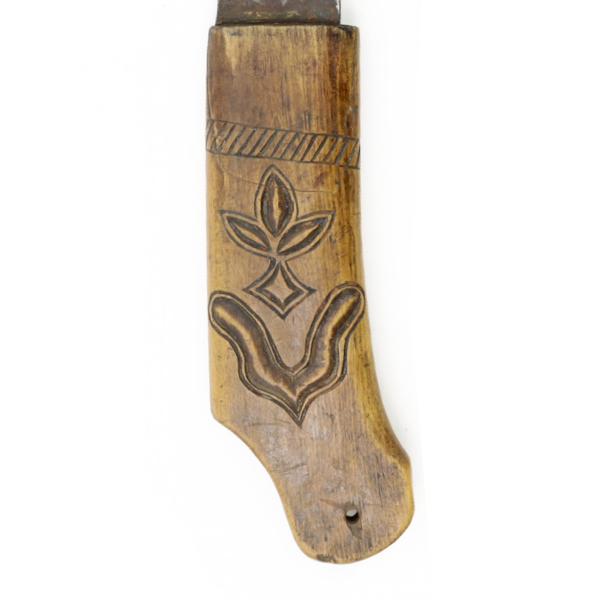
Makiri-nip
Ainu word for a knife handle.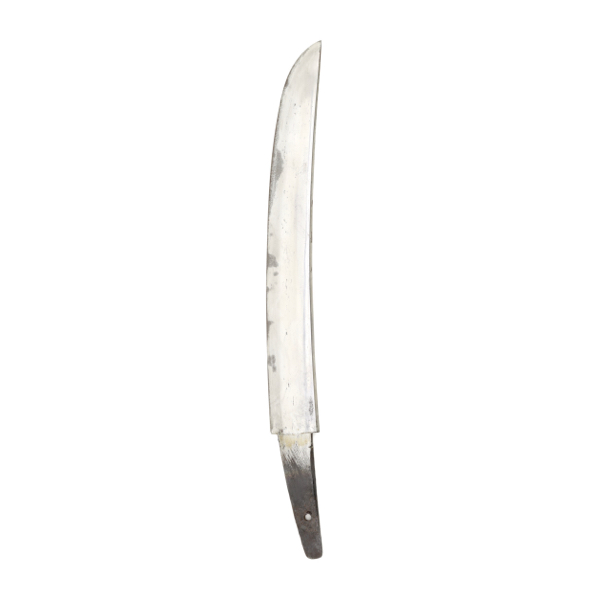
Ibehe
Ibehe is an Ainu word for a knife or sword blade.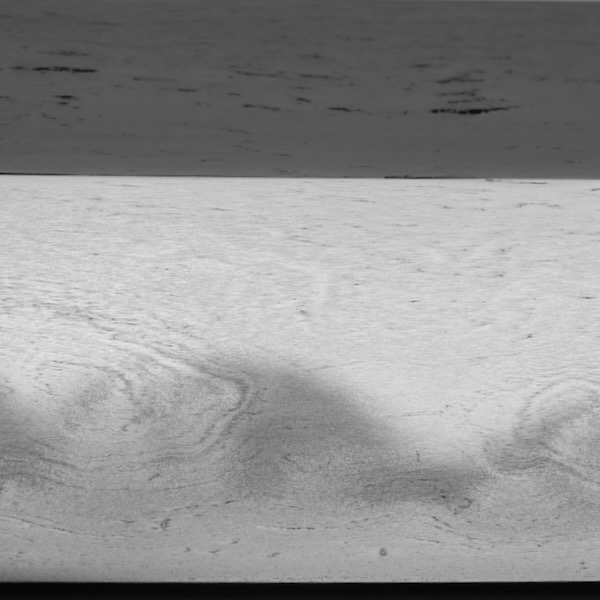
Nioi (匂)
Japanese word for fine martensite crystals in the blade's temperline.
Nie (沸)
Japanese word for martensite crystals that form in blade under certain conditions.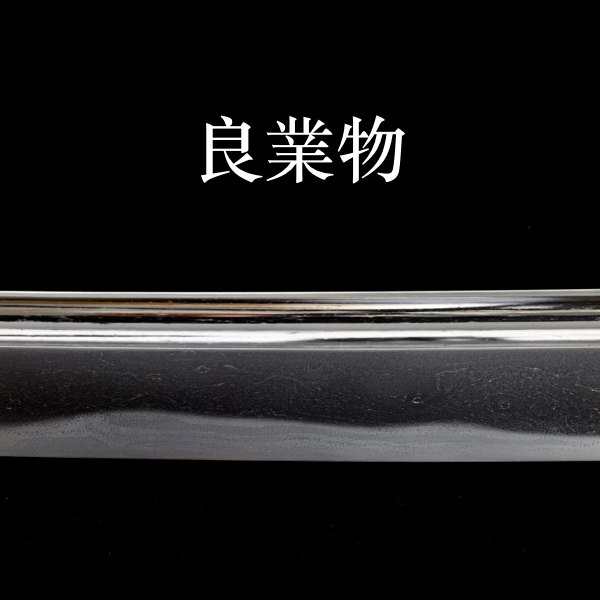
Yoki Wazamono (良業物)
Japanese term for a sword with the third highest rated cutting ability.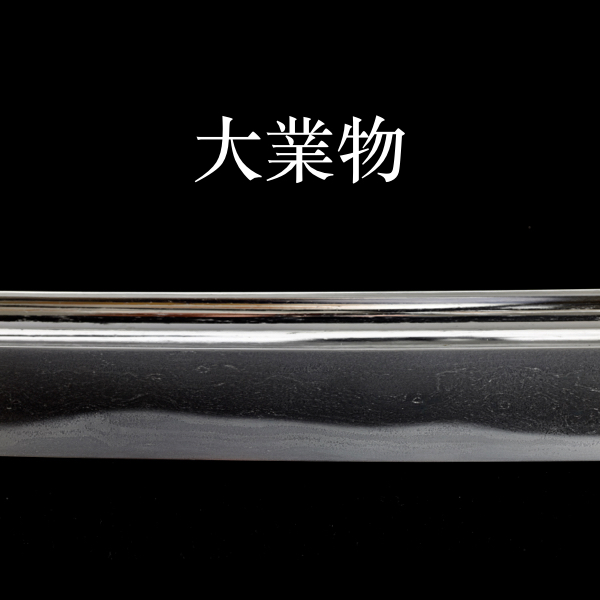
Ō Wazamono (大業物)
Japanese term for a sword with the second highest rated cutting ability.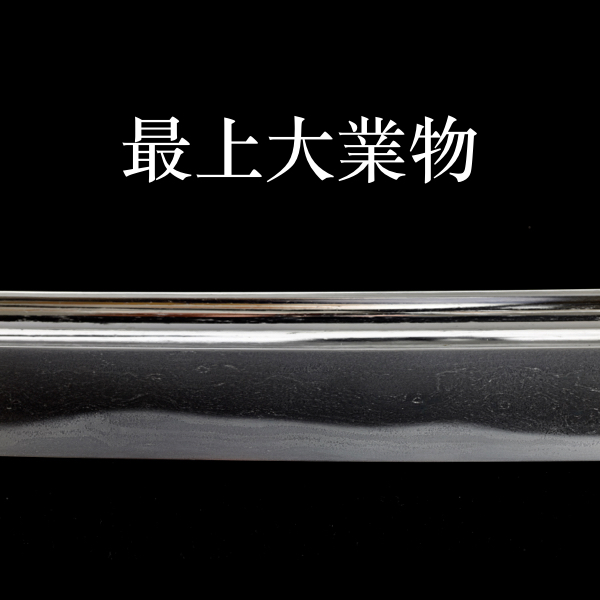
Saijō Ō Wazamono (最上大業物)
Japanese term for a sword with the highest rated cutting ability.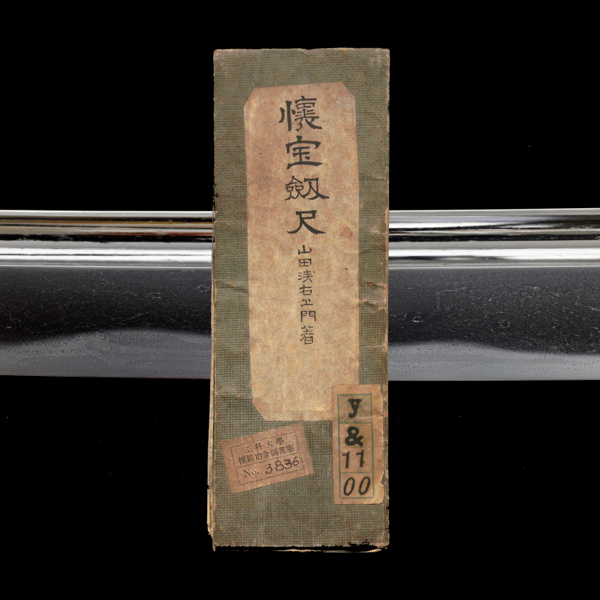
Wazamono (業物)
Japanese term for a sword that is tested to cut well.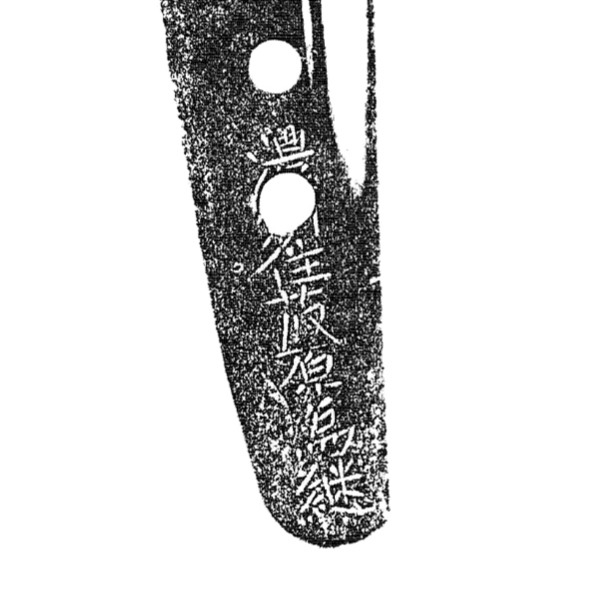
Tametsugu (為継)
A Japanese swordsmith in the Shōshū tradition.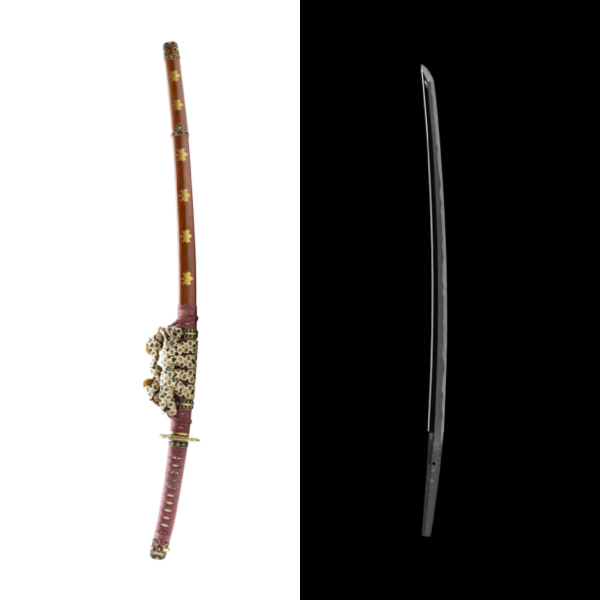
Sōshū sword with tachi koshirae
Tokubetsu Hozon, attributed to Den Tametsugu. With fine itomaki no tachi koshirae.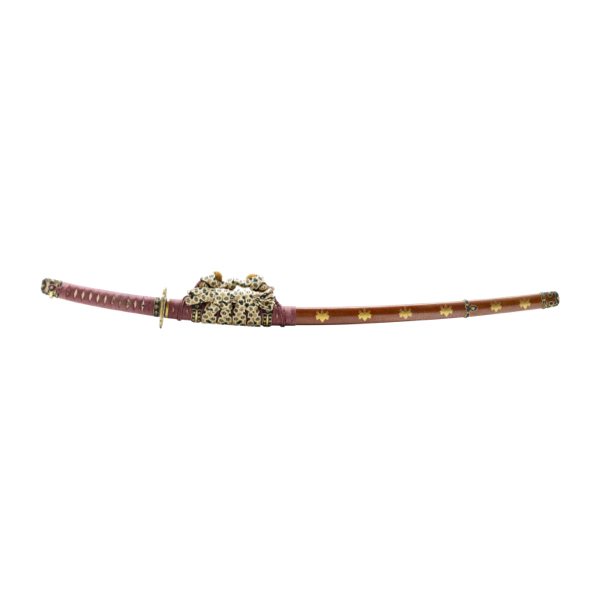
Itomaki no tachi (糸巻太刀)
Japanese term for a type of tachi koshirae.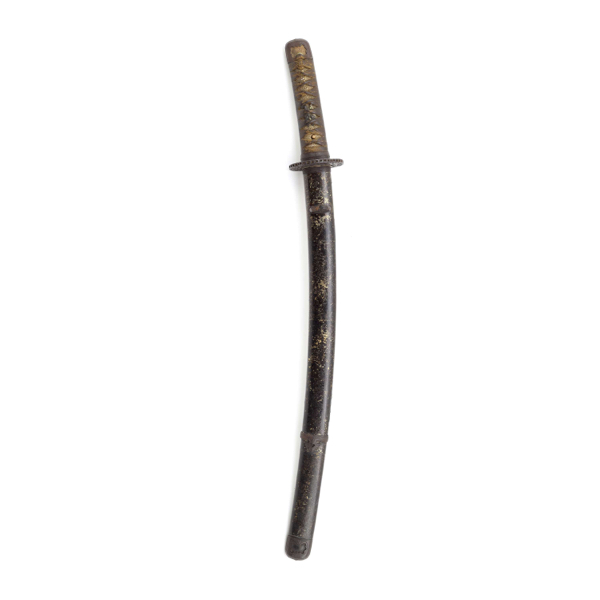
Koshirae (拵)
Japanese term for the mountings of an edged weapon.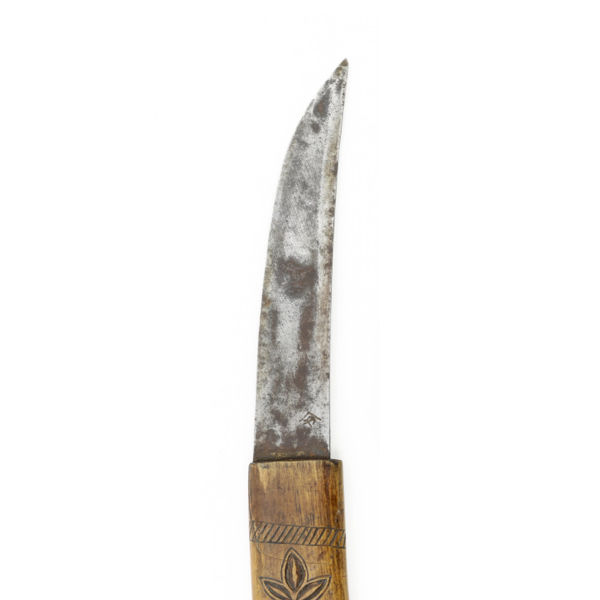
Makiri-ibe
Ainu word for knife blade.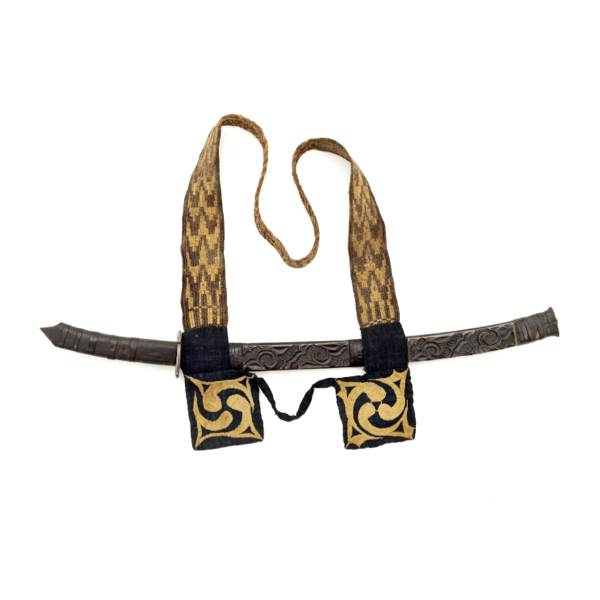
Ainu sword with sash
With deeply carved scabbard, complete with fine guard embroidered sash.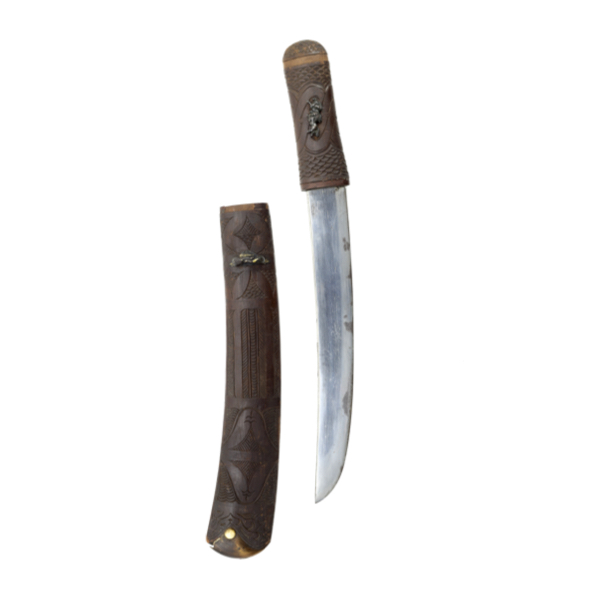
Rare Ainu kuttom-ushbe
A luxury Ainu knife styled after the Japanese tantō.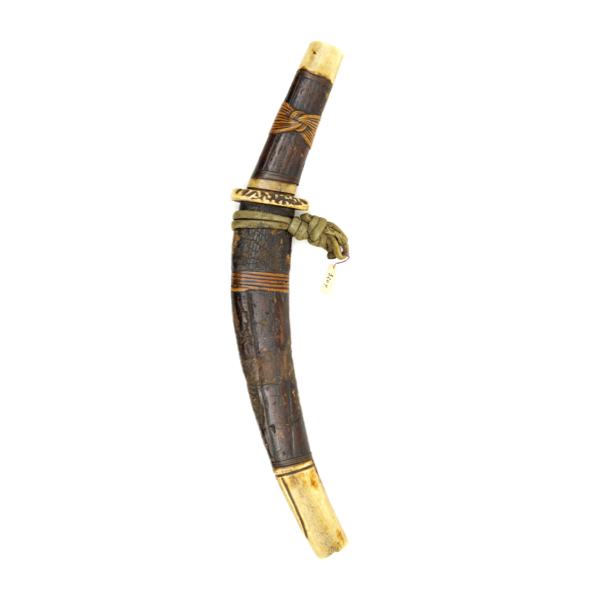
Unusual Ainu knife
Resembling a makiri but with the blade's edge on the opposite side.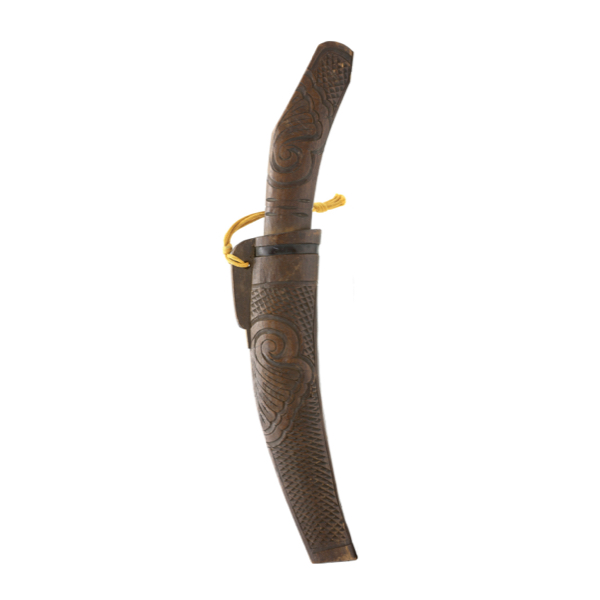
Ainu knife
Of a typical style used in Hokkaido in the 19th century.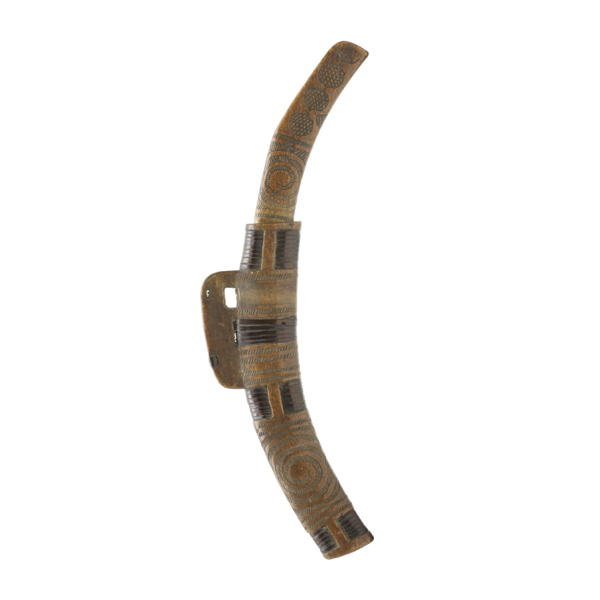
Bark wrapped Ainu makiri
A slender makiri with a bark wrapped scabbard.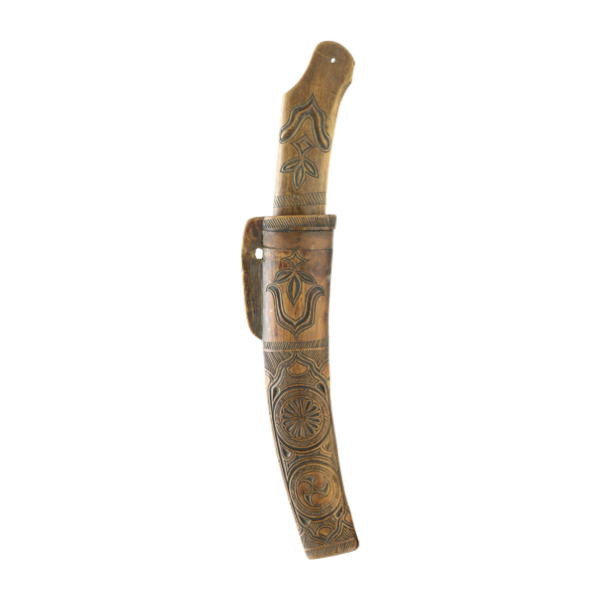
Fine Ainu makiri
An exceptionally well-carved Ainu knife.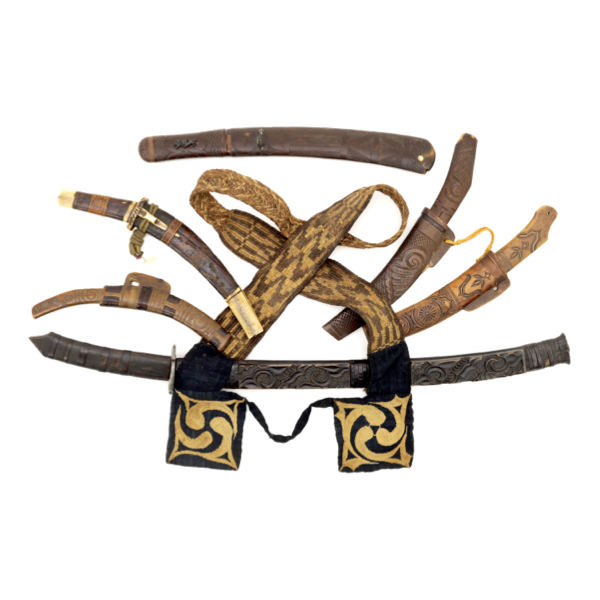
Knives and swords of the Ainu
19th-century ethnographers noticed that they had no iron production and relied solely on trade for articles like knives and swords. However, archaeologists found iron working facilities in 1988 and 1990.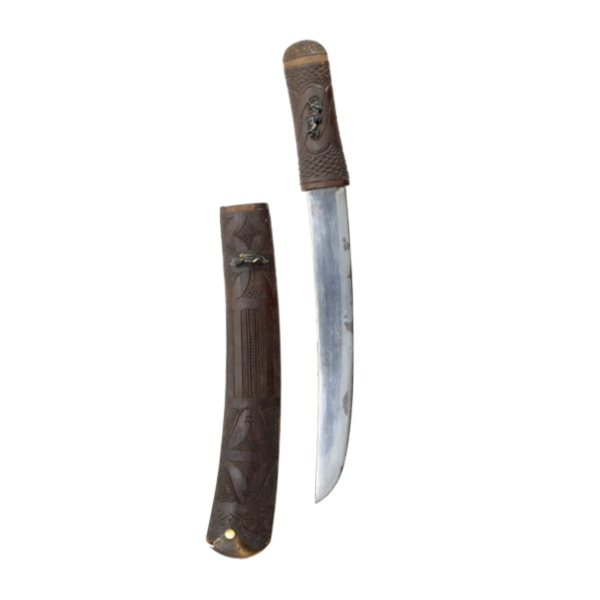
Kuttom-ushbe
Ainu word for a long knife worn in the belt.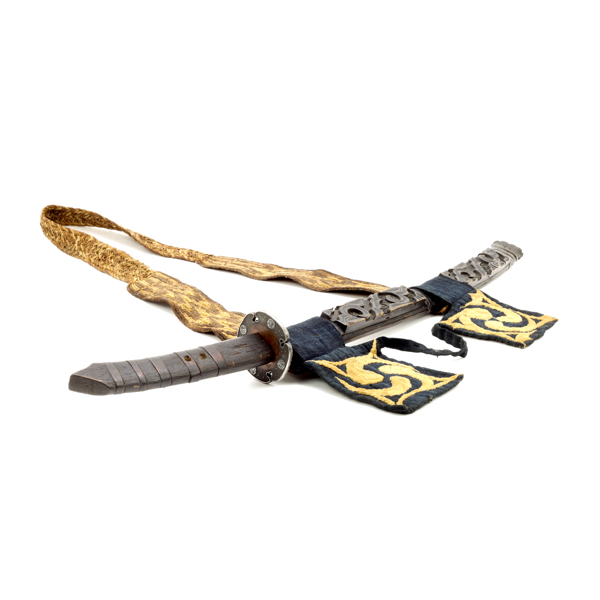
Emushi
Ainu word for sword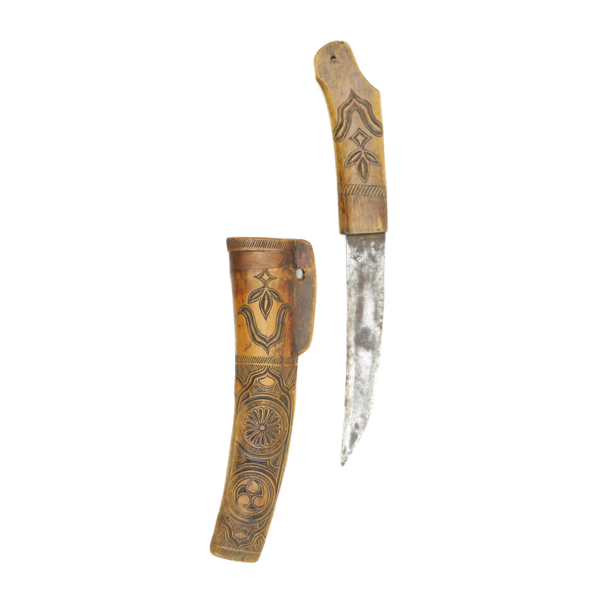
Makiri
Ainu word for a knife.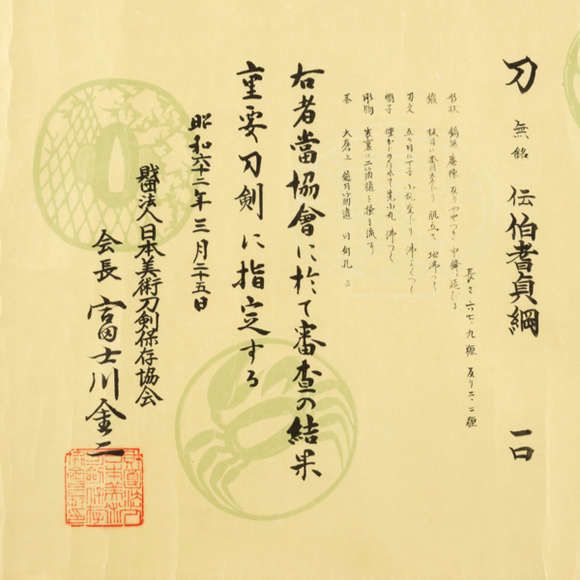
NBTHK Japanese sword papers
An introduction to NBTHK Japanese sword certifications and rankings.